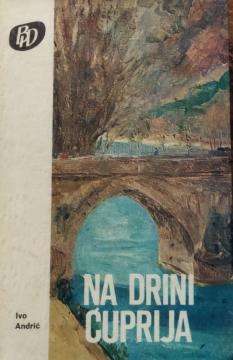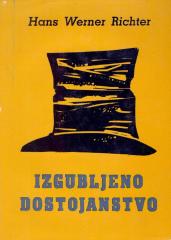
Na Drini ćuprija
The Bridge on the Drina (1945) by Ivo Andrić is a masterpiece of world literature, a historical chronicle about the bridge over the Drina in Višegrad, which symbolizes the permanence and destiny of people throughout the centuries.
The novel follows four centuries, from the Ottoman era to World War I, intertwining the fates of individuals with the history of the Balkans. The bridge, built in the 16th century by order of the Grand Vizier Mehmed Pasha Sokolović, stands as a metaphor for the connection and separation of cultures, religions and peoples.
Andrić describes its construction, accompanied by a legend of sacrifice, and life around the bridge – from Ottoman nobles, to merchants and peasants, to the Austro-Hungarian authorities. Stories about characters such as Radisav, a man who rebels against the construction, Fata, who tragically dies for the sake of tradition, or Lotika, the manager of the han, reveal human passions, suffering and dreams.
Through vignettes, Andrić depicts conflicts between Christians, Muslims and Jews, but also the unity that the bridge symbolizes. The novel explores themes of transience, fate and the influence of history on individuals. The bridge remains a constant point in the vortex of change, a witness to love, conflict and war. In the end, with the beginning of World War I, the bridge is partially destroyed, symbolising the fragility of harmony.
Andrić's language, poetic and philosophical, and the rich historical tapestry make the novel a universal story about man and his place in history. The Nobel Prize-winning work celebrates the strength of the human spirit and the durability of art.
One copy is available





